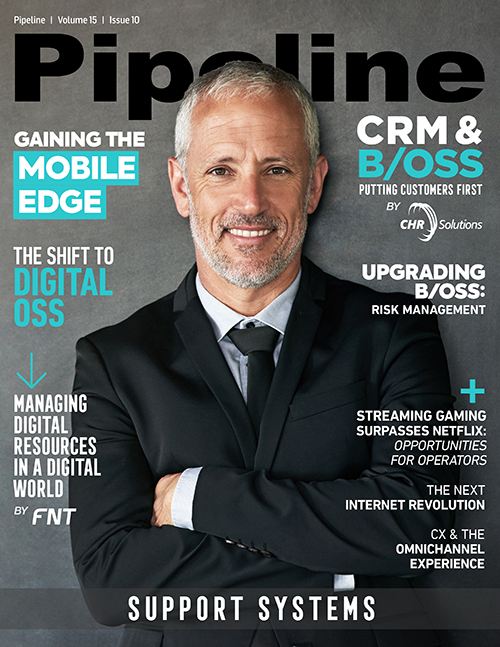Managing Resources in a Digital World
The benefits of such a solution include reduced cost and faster implementation and extensions, as the functions are already available and data migration is the main topic. Productized features can even help to streamline the data migration process. Lastly, software upgrades for a productized software solution are much cheaper than with a highly customized solution, which drastically reduces the TCO. To ensure quality service, a productized software solution makes the addition of new features from a software upgrade instantly available for all customers.
Avoiding Vendor Lock-In
Beyond the technical capabilities of a particular solution, the next most critical topic is vendor lock-in. With vendor lock-in, a solution and its vendor are mission-critical and cannot easily be replaced. This allows the vendor to dictate the price for any innovation, creating a distinct disadvantage for the operator.
A productized software solution is one of the best ways to mitigate the risk of a vendor lock-in. With configurable software, the operator can independently design and use new features. With a configurable interface adapter, it can even introduce new devices and modules without additional programming.
Finally, with a productized software solution strategy, the cost for the operator is limited to software upgrade and maintenance. Upgrading all customers is in the best interest of the supplier as the maintenance cost for older versions will increase with each new version.
Remaining Successful in a Digital World
Overall, how CTOs respond to these challenges will determine the overall success of an organization’s digital transformation and its ability to remain competitive in a digital world. An integrated software solution for network infrastructure management that delivers and maintains an accurate, up-to-date inventory of all physical, logical and virtual network and service resources is vital to achieve a holistic view of all assets and resources.
The resulting transparency is the hallmark of a modern infrastructure. It enables providers to maximize the use of network resources to make confident decisions about how to plan, build, deploy and manage the business. Additionally, this visibility enables providers to convert emerging opportunities into revenue by making sure they have the information and tools needed to support not only existing networks but also networks of the future as they undergo digital transformation.



















